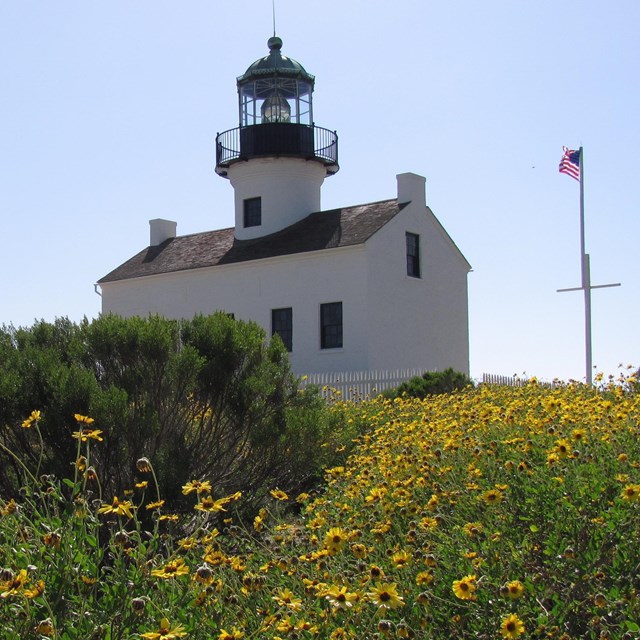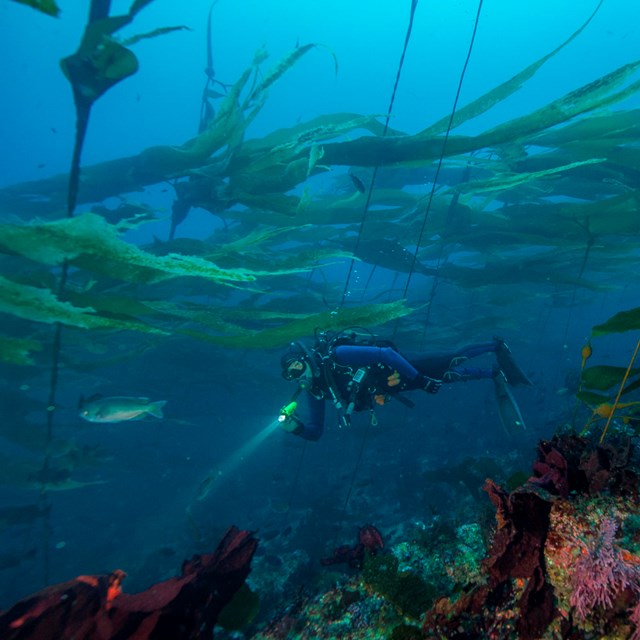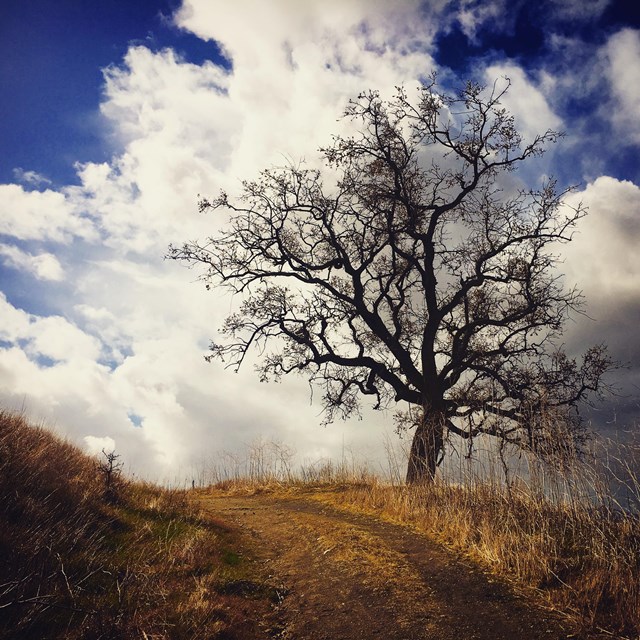The parks of the Mediterranean Coast Network include some of the most significant examples of terrestrial Mediterranean-type ecosystems and coastal marine environments anywhere in the world. These parks protect and manage an increasingly rare example of a Mediterranean Biome. At the same time, the parks are embedded in the highly developed and rapidly expanding southern California metropolitan area. Consequently, each park experiences numerous ecological threats, including introduction of non-native invasive species, declining fresh and marine water quality, fragmentation of habitat, and altered fire regimes.
-
 National MonumentCabrillo
National MonumentCabrilloThe monument consists of 160 acres at the southern tip of the Point Loma peninsula, which includes more than 660 acres of native habitat.
-
 National ParkChannel Islands
National ParkChannel IslandsIsolation from the mainland, and from each other, has allowed evolution to occur in unique and independent ways on each island.
-
 National Recreation AreaSanta Monica Mountains
National Recreation AreaSanta Monica MountainsAt 154,095 acres, the Santa Monica Mountains National Recreation Area is the world's largest urban national park.
Mediterranean Biome
The Mediterranean biome occurs only in five relatively small areas around the planet: the area bordering the Mediterranean Sea, central Chile, the Cape region of South Africa, southwestern and southern Australia, and, of course, southern California and northern Baja California. These areas are distributed between roughly 30 and 40 degrees latitude—north and south—and are located along the western edges of continents where the climate, characterized by mild, rainy winters and warm, dry summers, is moderated by cold ocean currents offshore.
Throughout the world, the Mediterranean biome is characterized by evergreen or drought deciduous shrublands. The chaparral of southern California is echoed in the old world Mediterranean maquis, the Chilean matorral, South African fynbos and the Australian mallee scrub communities. Due to the limited extent and isolation (almost island-like), of each area of Mediterranean biome, there is frequently a high degree of endemism in the flora and fauna.
The five Mediterranean regions have been highly favored—and impacted—by humans for habitation, agriculture and recreation. As a result, this ecosystem type (which only occurs on about two percent of the earth's total land area) is one of the most highly altered on the planet and contains the least undisturbed area of any biome. The high degree of urbanization along the southern California coastline has resulted in the loss of significant natural areas and increasing human impacts to natural systems. Nevertheless the Mediterranean-type ecosystem of southern California has been identified as one of the world's "hot spots" for biodiversity. Additionally, the southern California bight, an ecologically unique area of near-shore Pacific Ocean coastal habitat extending from Point Conception south and encompassing the San Diego area, provides conditions that promote high species richness and diversity.
Last updated: September 20, 2022
